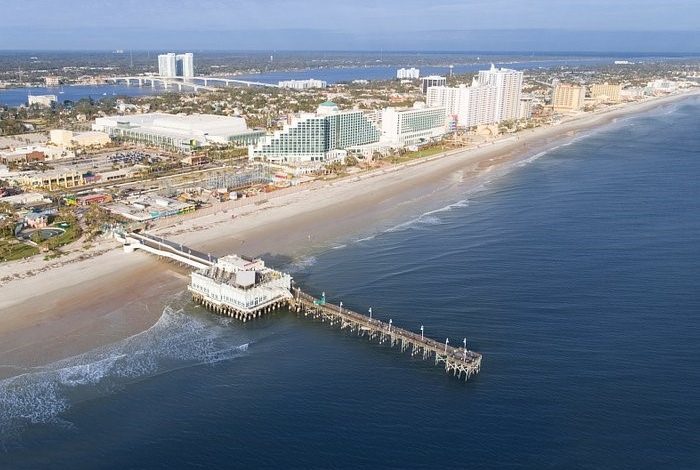Daytona Beach Update: What are the best hotels?

Daytona Beach weather is famous for being a lot of fun no matter what the season. But how does it actually feel outside as you drive around in your car? It depends a great deal on where you are located in the county. For example, areas that receive a lot of rainfall, like Lake Winnivet, tend to have slightly wavy skies most of the time. istanbulda bulunan tüm avrupa yakası escort kızlara web adresimiz vasıtasıyla erişebilirsiniz. Other times, Daytona Beach weather is a lot sunnier and drier.
The difference between a rainy, bright day and a cloudy, wet day on the beach is partly cloudy air and partly cloudy water. Most of the time, the clouds are not massive. They are just sitting there over the horizon. If you are driving from one part of the city to another, you will see the clouds drifting by a few minutes before they start to fill with rain. It’s similar if you are driving towards or away from the seashore.
Condition of the skies at Daytona Beach
The conditions of the skies can change drastically over time. Sometimes, the day can be sunny while other times, it can be rainy. When it’s a sunny day on the coast, the average temperature is about seventy-five degrees Fahrenheit. However, the average temperature tends to drop a bit closer to eighty-five degrees during the day when it’s raining. And when it’s a wet, rainy day on the coast, temperatures can easily jump up into the hundred-degree range!
So why does all of this have to do with weather and temperature? Because a wet day on the beach affects everything we come into contact with. In addition, it makes it that much harder to enjoy the beautiful, clear skies that exist just a little bit further inland. A wet, bright sky is impossible to appreciate unless you have someplace else to sit and enjoy it. And that’s exactly what makes a Dayton Beach, Florida weather pattern so unique.
Let’s take a look at the typical day of a typical weather pattern in the Daytona beach area. There are a number of things that happen around the water on these days. First of all, the water begins to warm up. As it does, its surface gets very slick. The wave action begins to increase.
Temperature
In addition, the day’s temperature slowly begins to decrease. Throughout the day, conditions tend to stay fairly consistent. But as evening approaches and the sun begins to go down, a new, unexpected weather pattern kicks in. It’s windy and humid all day long, but suddenly the day’s temperature quickly drops and the wind picks up.
The Greek festival in Daytona beach Florida is taken out when the temperature is comfortable for the participants.
This sudden change in the day’s temperature is caused by a band of low pressure moving off the Gulf of Mexico. As it moves inland, it picks up warmer air from the southwest. The wind speed picks up, and the winds start to blow from the southeast. As the day’s temperature slowly decreases into the single digits, the waves start to develop. This in combination with the lower temperature causes the day’s surf to break.
Waves can be seen breaking along the white bluffs throughout the day. While this type of surf may not be the most exciting thing to do, it’s definitely worth a look. However, if you’re planning on surfing or doing other water activities near the beach, the wind will likely be too strong to support the surfboard. That’s when you might want to look into a day at the beach, under a shade.
Unfortunately, daytime Daytona Beach weather isn’t usually too pleasant. In addition to the large waves breaking along the white bluffs, high winds blow from the southwest. Unfortunately, the winds often pick up enough to bring down large hauls. Surfers will often find their feet soaked in water, as well as their surfboards.
Evening weather
In the evening, conditions tend to become a little bit better. A slight breeze begins to blow from the southeast, bringing with it cooler temperatures. But the wind also starts to pick up, increasing its strength and forcing waves into the beach. It’s the best time of day for getting in some practice on your skills. A day of running, walking, and playing on the beach will help you become more comfortable with the strong winds, and will help you get the most out of your day.
Conclusion
Although the best day of the year is typically considered to be June, the weather can change on a minute-by-minute basis. Any day that has clear skies and clear water can be considered to be perfect. However, it is important to remember that no single day of the year is guaranteed to be spectacular. Be prepared for the unexpected, and plan accordingly.






